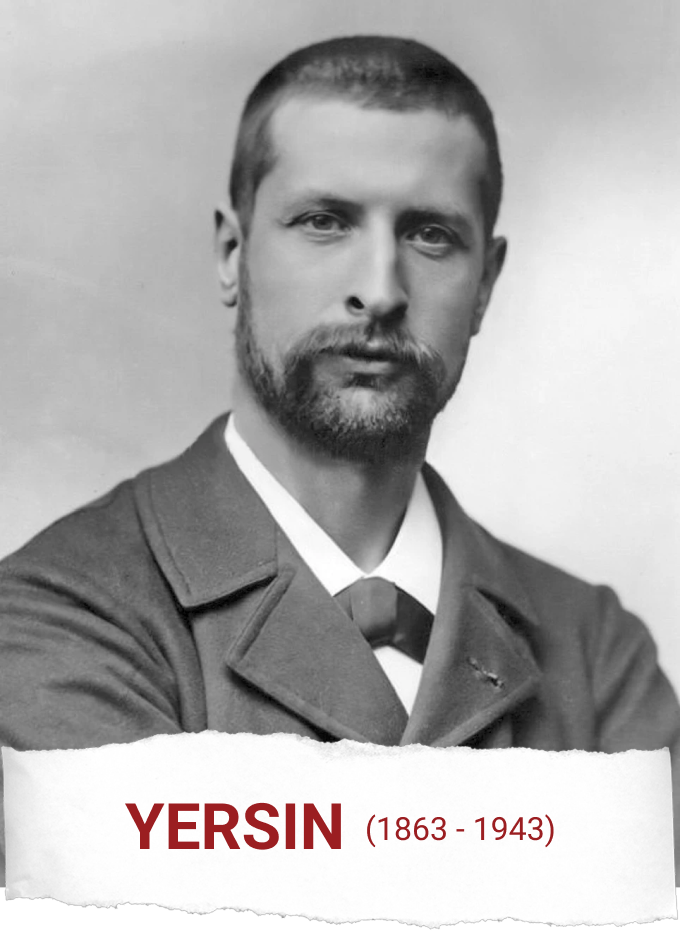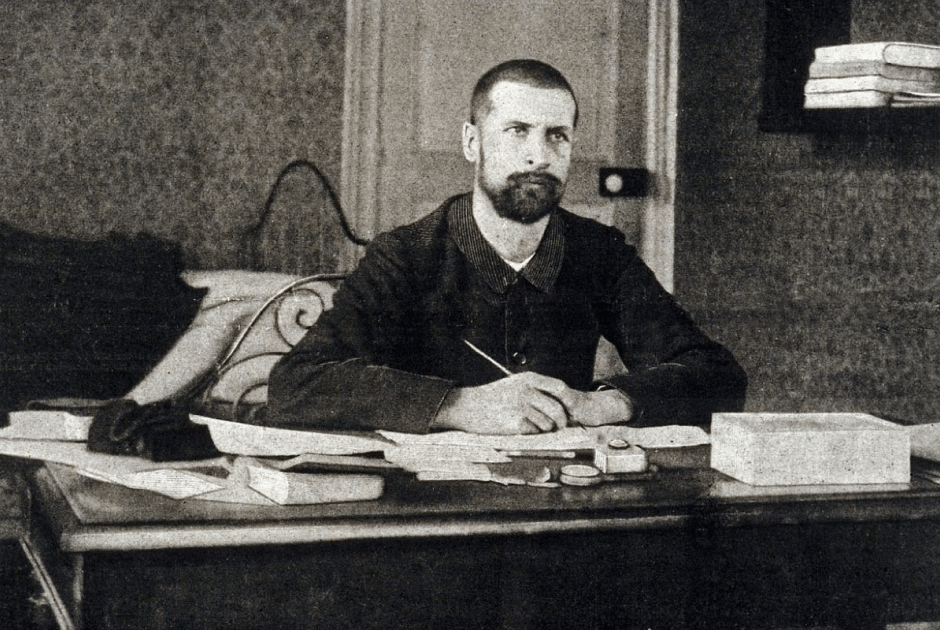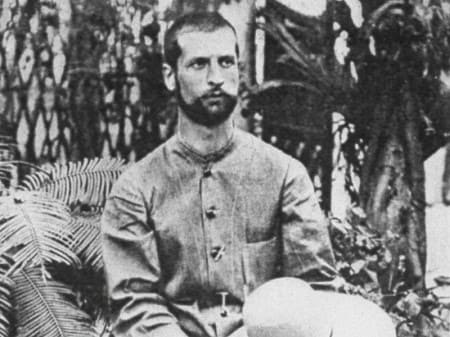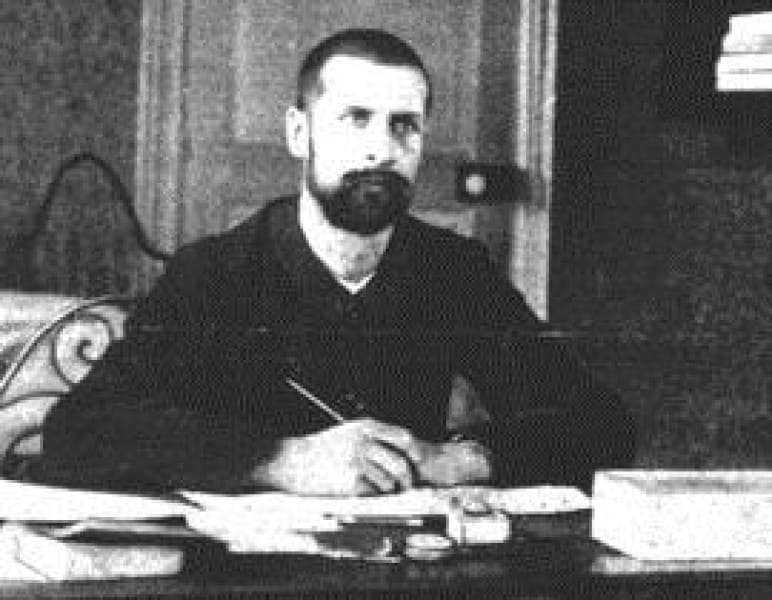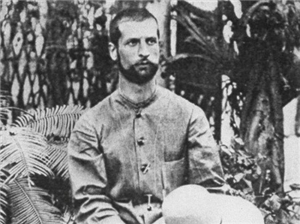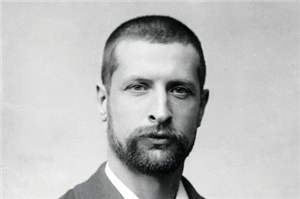On September 22, 1863, Alexandre Yersin was born in a mountainous region in Navanux – part of the Vaud district – Switzerland.
In 1865, King Louis XIV repealed the Edict of Nantes, no longer treating followers of the Calvinist faith equally as before. Yersin’s ancestors were terrorized and forced to leave their homeland in the Languedoc region (southern France) and migrate to Switzerland.
Yersin’s father was a biology teacher, his mother was from Paris, and Yersin was the youngest of three siblings. With a humble and quiet nature, he rarely spoke about his childhood, so little is known about his early days.
At the age of 20 (1883), Yersin studied medicine in Lausanne (Switzerland). He then continued his studies in Marbuorg (Germany) and graduated from the University of Paris (France). From 1886, he worked at the Pasteur Institute in Paris and collaborated with Dr. Roux in finding the toxin of the bacillus causing diphtheria. In 1890, he became a naturalized French citizen.
During his years of diligent research at the Pasteur Institute in Paris, he proved to be a rare genius, a determined and inquisitive individual. A bright future lay ahead of him. However, Yersin looked towards new horizons, wanting to find an escape from his current life. “I have always dreamed of exploring foreign lands, of adventure. When young, we always imagine that strange things will happen; there is nothing that cannot be done.”
Then Yersin unexpectedly left bacteriology, led a seafaring life, and embarked on a new life that lasted 50 years of exploration.
